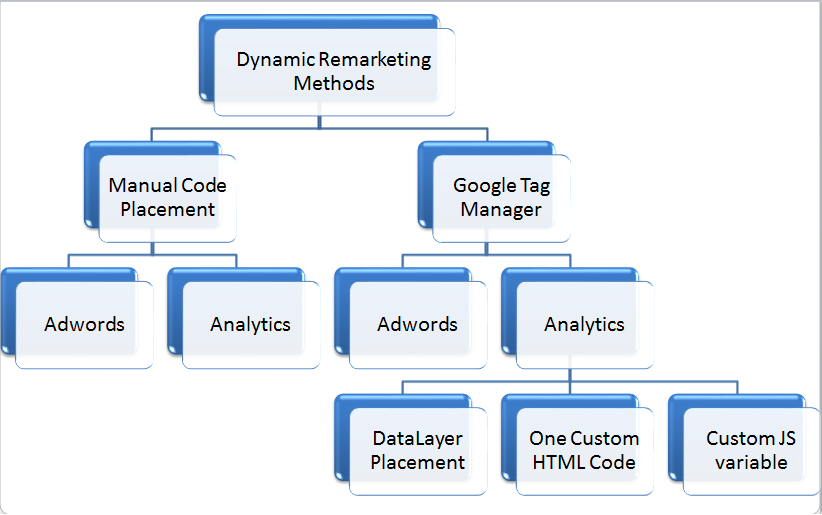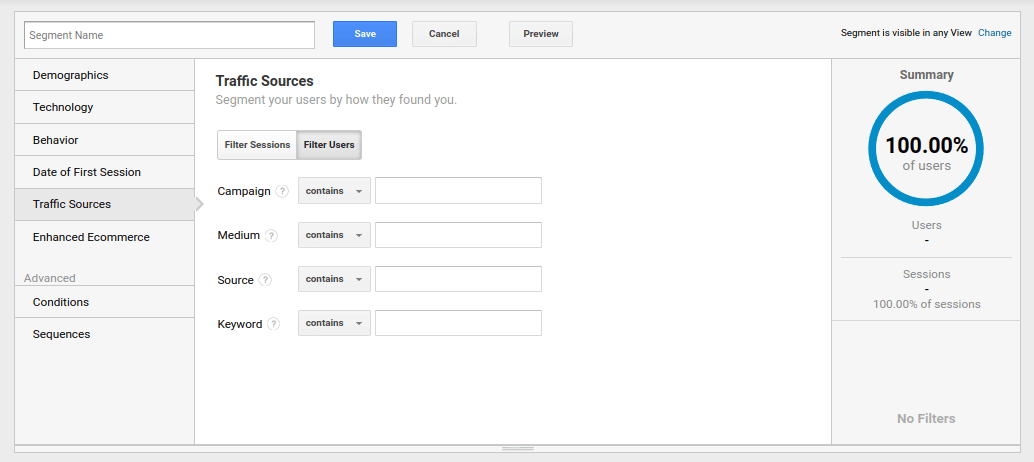Advanced Techniques for Remarketing In Google Analytics
Utilizing Remarketing in Google Analytics: A Comprehensive Overview
Harnessing remarketing in Google Analytics uses organizations a calculated edge in getting to out to possible consumers. The capability to target individuals that have currently engaged with your web site provides a distinct opportunity for customized advertising efforts. By recognizing just how to craft target market listings and deploy them effectively, companies can considerably improve their conversion rates. Nevertheless, the intricacies of establishing and enhancing remarketing campaigns need a detailed understanding of audience segmentation and efficiency analysis. This guide will certainly shed light on the necessary actions entailed in utilizing the full capacity of remarketing in Google Analytics, leading to boosted advertising and marketing outcomes.
Comprehending Remarketing in Google Analytics
Remarketing in Google Analytics permits services to tactically target individuals who have formerly communicated with their site or mobile application. By leveraging data from Google Analytics, companies can develop customized remarketing checklists based upon customer habits, such as pages seen, actions taken, or details objectives achieved. This effective device enables companies to re-engage with users that have shown passion in their solutions or products, ultimately boosting the probability of conversion.
Understanding the different kinds of remarketing strategies is critical for a successful project - What Is “Remarketing” In Google Analytics?. Google Analytics provides various alternatives, consisting of common remarketing, dynamic remarketing, and remarketing checklists for search advertisements (RLSA) Each type serves an one-of-a-kind function and can be customized to meet specific advertising goals
In addition, evaluating the efficiency of remarketing projects is necessary for maximizing results. Google Analytics offers important insights right into the performance of various remarketing approaches, enabling services to make data-driven decisions and improve their targeting method. By continually monitoring and readjusting remarketing efforts based on analytics information, services can make best use of ROI and drive success in their advertising campaigns.
Establishing Up Remarketing Campaigns

After establishing up target market checklists, the following step is to connect Google Analytics with Google Advertisements. By connecting these 2 platforms, companies can perfectly move audience listings from Google Analytics to Google Advertisements for remarketing objectives. This assimilation permits for even more specific targeting and better project efficiency.
Once the accounts are linked, services can create remarketing campaigns in Google Ads using the target market notes previously specified in Google Analytics. These projects can pop over to this web-site be personalized with particular advertisement creatives, messaging, and bidding process methods to effectively re-engage with past site visitors and drive conversions. By adhering to these steps, services can take advantage of the power of remarketing to improve their advertising efforts and boost ROI.
Making Use Of Target Market Segmentation Techniques

Predefined sectors in Google Analytics enable you to swiftly assess usual audience groups like brand-new users, returning users, or individuals who finished a specific goal on your site. Custom sectors, on the other hand, allow you to produce unique segments based upon details standards that are necessary to your company objectives. Dynamic remarketing listings immediately adjust based on user habits, revealing personalized advertisements to users that have communicated with your website specifically means.
Studying Remarketing Performance Metrics
Upon assessing the efficiency of remarketing campaigns in Google Analytics, the analysis of essential performance metrics offers valuable insights right into audience interaction and conversion prices. By diving into metrics such as click-through prices (CTR), conversion rates, price per purchase (CERTIFIED PUBLIC ACCOUNTANT), and return on ad invest (ROAS), marketing experts can determine the success of their remarketing efforts. Analyzing these metrics allows marketing experts to maximize campaigns, fine-tune target market targeting, and assign spending plans effectively to boost total remarketing performance.
Maximizing Remarketing Methods
When refining remarketing approaches in Google Analytics, concentrating on audience segmentation is vital for accomplishing project success. By splitting your audience into details segments based upon their actions, demographics, or passions, you can tailor your advertisements better to each team. This targeted approach enhances the likelihood of engaging users that have already shown rate of interest in your solutions or items, causing greater conversion prices.
Another critical aspect of optimizing remarketing approaches is continually testing and refining your campaigns (What Is “Remarketing” In Google Analytics?). A/B testing different ad creatives, messaging, or offers can help you identify what reverberates best with your target market and drives one of the most conversions. By evaluating the efficiency of these examinations in Google Analytics, you can make data-driven decisions to optimize your remarketing efforts additionally
Furthermore, leveraging dynamic remarketing can substantially boost your campaign results. This feature enables you to show customized ads to users based upon their previous communications with your site, showcasing product and services they have previously seen. By supplying customized web content to individuals based on their behaviors and rate of interests, dynamic remarketing can help enhance engagement and drive conversions.
Conclusion
In conclusion, harnessing remarketing in Google Analytics is a calculated strategy to target users who have you could look here actually previously involved with an internet site. By developing customized target market lists and utilizing audience division techniques, companies can maximize remarketing advocate raised conversion prices. Examining efficiency metrics and constantly maximizing strategies are important for taking full advantage of the performance of remarketing efforts.
Google Analytics provides different options, consisting of conventional remarketing, vibrant remarketing, and remarketing listings for search ads (RLSA)After setting up audience checklists, the following action is to connect Google Analytics with Google Advertisements. By connecting these 2 platforms, organizations can seamlessly move audience checklists from Google Analytics to Google Advertisements for remarketing purposes.As soon as the accounts are connected, organizations can develop remarketing campaigns in Google Ads utilizing the target market details formerly defined explanation in Google Analytics.When refining remarketing approaches in Google Analytics, focusing on target market segmentation is paramount for accomplishing project success.